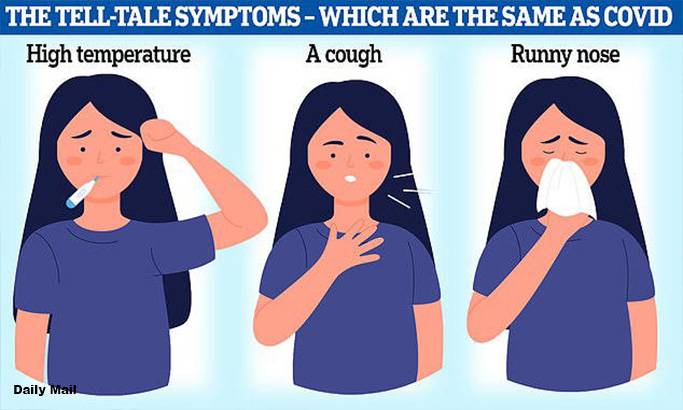Surge in HMPV cases in China: Understanding symptoms, prevention

BEIJING: China is currently experiencing a notable increase in human metapneumovirus (HMPV) infections, particularly among children in northern provinces. HMPV is a respiratory virus that typically causes mild, cold-like symptoms such as cough, runny nose, nasal congestion, sore throat, and fever. However, in vulnerable populations—including young children, older adults, and individuals with weakened immune systems—the virus can lead to more severe respiratory illnesses like bronchitis, bronchiolitis, and pneumonia, characterized by shortness of breath, severe cough, or wheezing.
You may also like to read: NIH confirms HMPV in Pakistan since 2001 as China faces surge
Health experts emphasize that while the rise in HMPV cases warrants attention, it does not pose the same global threat as the COVID-19 pandemic. Professor John Tregoning, an expert in vaccine immunology at Imperial College London, notes that HMPV shares similarities with other respiratory viruses and transmits through coughs, sneezes, and droplets. Preventive measures such as maintaining well-ventilated spaces, covering the mouth when coughing, and regular hand washing are effective in reducing transmission. Infected individuals are advised to rest, stay hydrated, and avoid spreading the virus to others. As HMPV is a viral infection, antibiotics are ineffective; treatment focuses on symptom management.
People also read: Junk food trigger surge in hospital admissions for vitamin deficiencies
Currently, there is no specific antiviral treatment or vaccine for HMPV, though research is ongoing. Public health officials recommend that individuals experiencing severe symptoms seek medical attention, especially those in high-risk groups. Adhering to general respiratory infection precautions—such as staying home when symptomatic, wearing masks in public spaces, and protecting vulnerable populations—remains crucial.
The Chinese Center for Disease Control and Prevention has reported an uptick in flu-like illnesses, with data indicating an increase in outpatient visits for such symptoms in both northern and southern regions. Despite the surge, health authorities consider this pattern consistent with seasonal trends and advise the public to remain vigilant but not alarmed.
Advertisement
Trending
Popular
Broccoli sprout compound may help lower blood sugar in prediabetes, ...
-
Gas Pain vs. Heart Attack: How to tell ...
09:00 PM, 22 Feb, 2025 -
Coconut oil supplement shows promise ...
08:00 PM, 20 Feb, 2025 -
Normal vitamin B12 levels may still ...
05:00 PM, 19 Feb, 2025 -
Revolutionizing Genomic research: The ...
02:00 PM, 19 Feb, 2025



